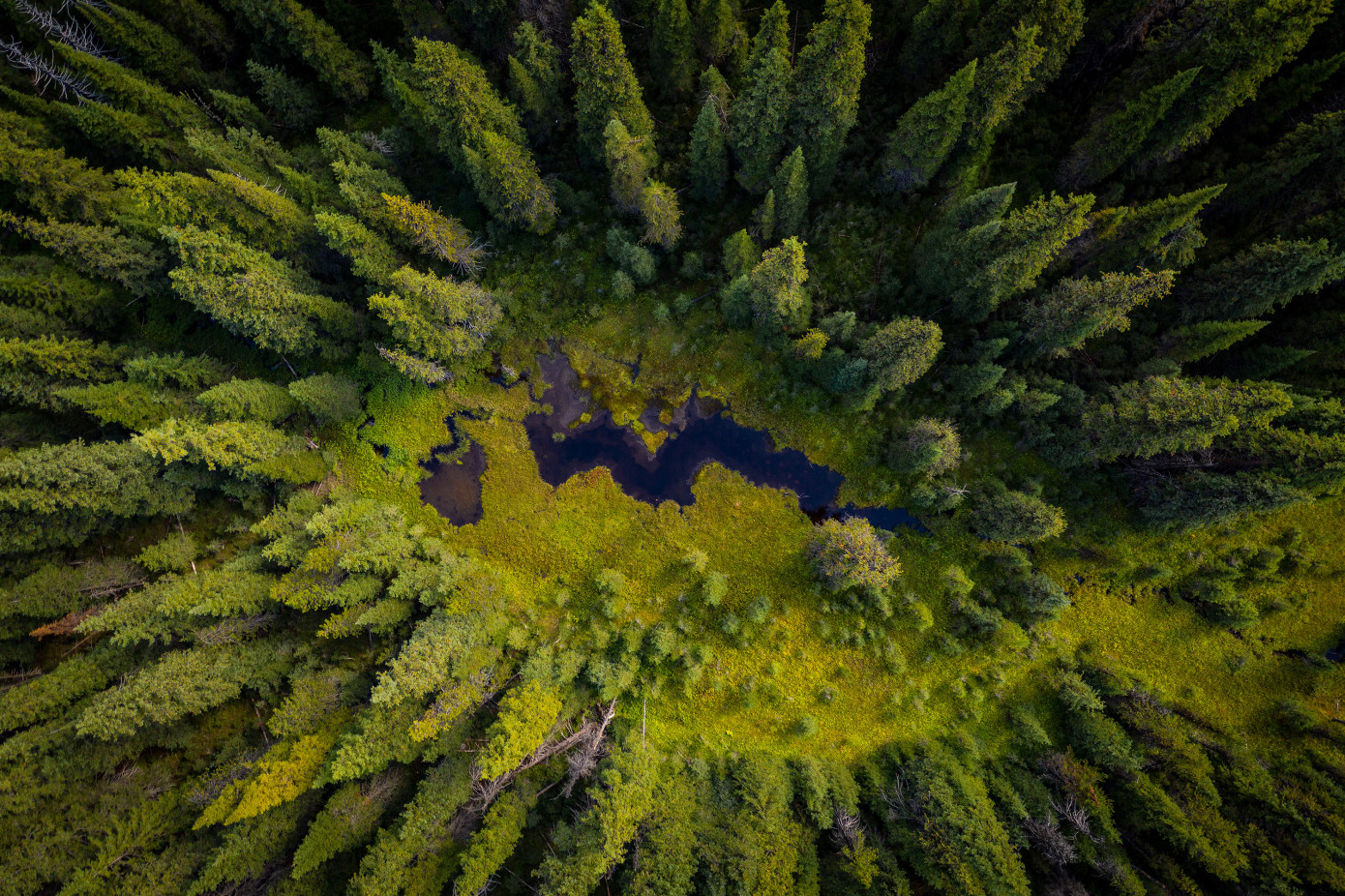British Columbia has extended temporary protections for old-growth forests in the Fairy Creek watershed until September 30, 2026. The extension covers the same 1,200 hectares of Crown land initially deferred in June 2021, aligning with government commitments to reconciliation and conservation. The previous extension, approved in June 2023, was set to expire on February 1, 2025.
Forests Minister Ravi Parmar emphasized the importance of collaboration with First Nations in shaping forestry policies. The deferral allows continued discussions with the Pacheedaht First Nation on the long-term management of the watershed. The entire Fairy Creek watershed falls within the Nation’s territory.
Provincewide, British Columbia continues to work with First Nations to safeguard old-growth forests. Since the 2020 Old Growth Strategic Review, the government has acted on all 14 recommendations, outlined in the 2024 update From Review to Action.
Forest landscape planning (FLP) is a key part of the old-growth strategy, ensuring Indigenous and provincial leadership in forest management. Fifteen FLP projects are underway, with open houses recently launched in the Skeena region for engagement on the Bulkley-Morice FLP.
In response to reports of tree spiking in the Fairy Creek watershed, Minister Parmar condemned the act as a dangerous criminal activity that threatens forestry workers’ safety. Tree spiking involves hammering metal rods or nails into tree trunks, which can damage saw blades, causing serious injury or death to workers. While it does not kill the tree, it reduces the commercial value of the wood. The practice has been illegal in the United States since 1988 under federal anti-tree spiking legislation and is also prohibited in Canada under provincial laws, including British Columbia’s Forest and Range Practices Act. The government has notified the forestry licensee and the local First Nation and has referred the matter to the RCMP for investigation.
